KYIV. Dec 9 (Interfax-Ukraine) – Mining company Ferrexpo Plc with assets in Ukraine has published its inaugural Climate Change Report and announced an updated target for reducing Scope 1 and Scope 2emissions by 50% by 2030.
The company recalled that it had previously pledged to reduce these emissions (Scope 1 – from the activities of the organisation, mainly from on site fuel combustion, Scope 2 – from electricity, steam and heat purchased and used by the organisation) by 30% by 2030, but has already achieved this goal.
As the company said in the report, in 2021, Scope 1 emissions grew by 11% (hereinafter – on a per tonne of production basis), while Scope 2 emissions fell by 40%, and in general they dropped by 16%.
Since the benchmark year (2019), Scope 1 emissions fell by 1%, and Scope 2 emissions by 54%, and in total they fell by 30%.
Ferrexpo said that diesel fuel represented 40% of Scope 1 emissions in 2021, which could be reduced through implementing battery electric haul trucks, as well as using trolley assist technology on haul ramps.
The company said that it achieved significant reductions in Scope 2 emissions last year through substituting 18% of natural gas use in the pelletiser with sustainable biofuels (sunflower husks), the construction of a trial 5 MW solar plant and a strategy to selectively purchase clean forms of electricity.
In addition, in the Climate Change Report, Ferrexpo also presented new targets for reducing Scope 3 emissions (transport of third parties for the delivery of products and its use in steelmaking) – by 10% by 2030 and by 50% by 2050.
The company said that the main reduction in this category can be achieved through the production of direct reduction (DR) pellets, which are a pathway to lower emissions steelmaking.
In absolute terms, according to the report, the goal is to reduce Scope 1, 2 and 3 emissions from 2.2 million tonnes in 2019 to 1.6 million tonnes in 2025 and 2030, 1 million tonnes in 2035, 0.5 million tonnes in 2040 and 0.2 million tonnes in 2050.
On a tonne of production basis, this would correspond to a reduction in emissions from 205 kg in 2019 to 107 kg in 2025, 68 kg in 2030, 44 kg in 2035, 22 kg in 2040 and 8 kg in 2050.
In the Climate Change Report, Ferrexpo detailed a range of climate change risks and opportunities related to its business, in particular the implementation of Carbon Border Adjustment Mechanism (CBAM), and the potential decarbonization pathway to achieve net zero iron ore pellet production by 2050.
"Our inaugural Climate Change Report represents the culmination of an initial phase of work looking in detail at climate change topics such as climate change risks and opportunities, as well as a bespoke study of one potential decarbonisation pathway for the Group, achieving net zero production by 2050," Jim North, Chief Executive Officer of Ferrexpo, said.
